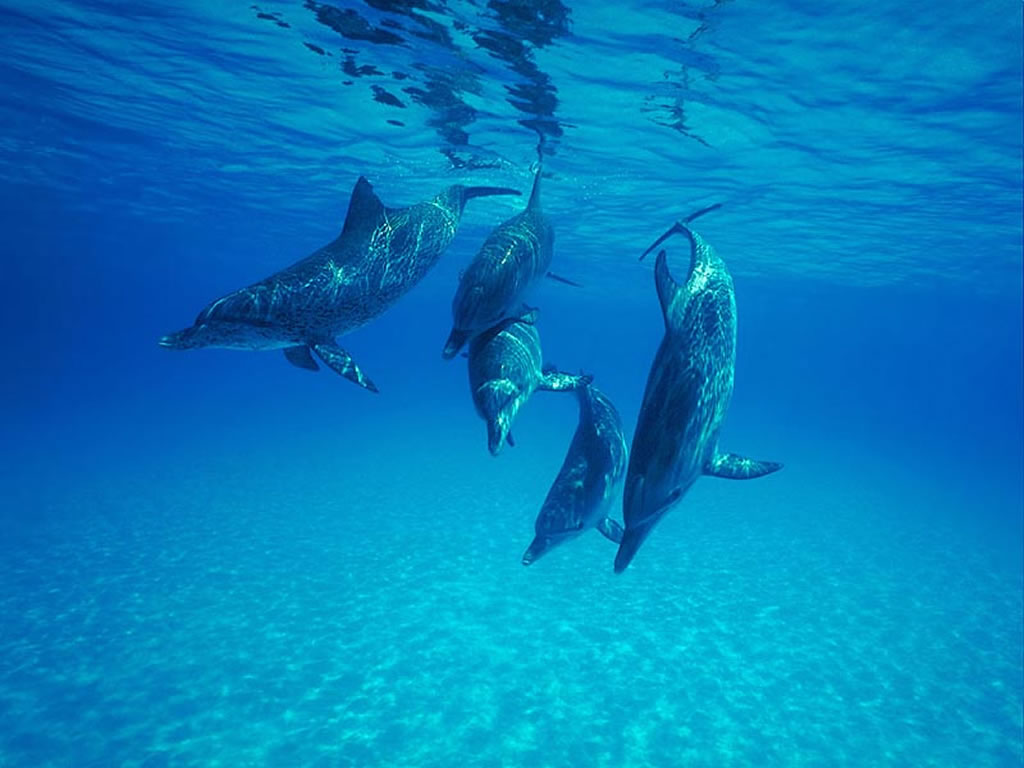 In the official report on culture in cetaceans which was published by the CMS earlier this year, “culture” was defined as “information or behaviours that are shared by a community and acquired through social learning from conspecifics.” Using this working definition, the workshop debated the importance of culture to conservation efforts. The major recommendations of the workshop included:
In the official report on culture in cetaceans which was published by the CMS earlier this year, “culture” was defined as “information or behaviours that are shared by a community and acquired through social learning from conspecifics.” Using this working definition, the workshop debated the importance of culture to conservation efforts. The major recommendations of the workshop included:
- That culture should be included when considering conservation measures
- That the "impact of removal of individuals from socially complex species may have consequences beyond simply a reduction in absolute numbers"
- That a precautionary approach to conservation management should be applied in cases where adequate data has not yet been gathered
- That the scientific investigation of culture and social structure of all species that fall under CMS oversight should be implemented
These are some major statements and recommendations for the field of wildlife conservation management—a field too often more preoccupied with simple numbers and genetics than the intrinsic worth of an individual to its community. In fact, the report explicitly states that while “biologists studying elephants, primates and cetaceans [are] becoming more and more aware of these issues, there [is] a need to get the message out to the conservation management community.”
So all this begs the question, what does the scientific basis for “culture” in cetaceans or other species look like? The workshop gathered a host of experts in the field who were given the chance to present their research and findings and which will subsequently be compiled into a scientific review of culture and its implications for conservation. Here are some highlights from the report:
- Southern Right Whales appear to learn their migratory destinations from their mothers.
- Culture may affect how certain social groups respond to human pressures and conservation measures.
- Reintroduced female chimpanzees who join wild communities often return to their original reintroduced groups, a behavior rarely seen when wild chimpanzees are transferred to other wild groups. It is suspected that reintroduced chimpanzees lack the social skills needed to successfully integrate with a wild group.
- Survival and reproductive success of some toothed whales appears to depend on a variety of factors including social cohesion, reciprocal defense against predators, “alloparenting” or babysitting, transfer of behavioral knowledge across generations, and leadership by older members of the group who have more sophisticated knowledge in foraging and risk avoidance (such as stranding and predation).
- Some bottlenose dolphins exhibit tool use, using sponges during foraging (see below video), which results in nutritional differences between individuals who have been taught to use the tool and those who have not.
- Sperm whales appear to transfer knowledge of how to forage from human industrial fishing operations through social learning.
- In cetaceans, transmission of knowledge and culture from mother to calf is particularly important for the species, but also is a “crucial part of the mother-calf relationship.”
- Knowledge of songs and migration routes are transferred at a population level in baleen whales. In toothed whales, however, culture tends to be maintained by sub-populations, allowing smaller groups of individuals to adapt to more specific circumstances in their environment.
- Culture is present in cetacean communication, foraging behavior, habitat use, migration, and play, and may last across many generations, or may be more ephemeral, lasting much less than a generation, as can be seen in killer whale “fads” and the songs of baleen whales.
You can view the entire report, which has extensive references to the primary scientific literature, here.
Photo credit: "5 Dolphins_Save_These_Beautiful_Creatures" by Jay Ebberly, used under CC BY 2.0
